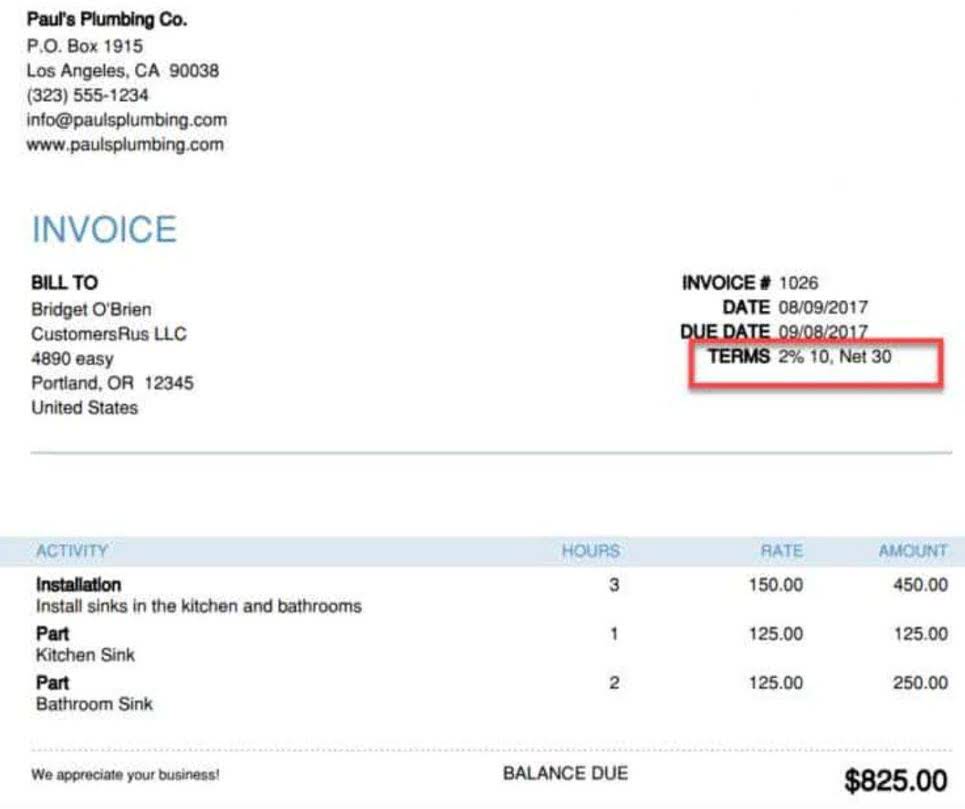
Payroll taxes are the taxes that employers withhold from their employees’ wages and are required to remit to the appropriate government agencies. The initial set up of Petty Cash is one of only two occasions when the amount in Petty Cash changes. The Petty Cash account will only be changed if the set amount of Petty Cash account is increased or decreased. On her way to the office, Jane receives a phone call from her boss asking her to stop and pick up some donuts for an unexpected meeting later that morning. Jane doesn’t have a credit card and has only $25 to last her until she gets paid. For example, when you sell $100 worth of merchandise to customer “a”, debit sales for $100 and credit cash for $100.
- Frank, who is the responsible person, has been filling out the voucher during the month, and all the receipts are stapled to the voucher.
- Small payments are often needed for postage, delivery charges, office supplies, or entertainment expenses.
- After entering all expenses, it’s time to record the replenishment.
- Only when the fund is reimbursed, or when the end of the accounting period arrives, does the firm make an entry in the journal.
- “Petty cash” and “cash on hand” sound a lot alike, and they do overlap.
- At the same time, receipts are removed from the petty cash box and formally recorded as expenses.
And, you must record a petty cash journal entry when you put money into the petty cash fund and when money leaves the fund. Consider recording petty cash transactions in your books at least once per month. If the balance in the petty cash account is supposed to be $75, then the petty cash box should contain $45 in signed receipts and $30 in cash. Assume that when the box is counted, there are $45 in receipts and $25 in cash. In this case, the petty cash balance is $70, when it should be $75. This creates a $5 shortage that needs to be replaced from the checking account.
How does a company process petty cash reimbursements?
When the cash balance in the petty cash fund drops to a sufficiently minimal level, the petty cash custodian applies for more cash from the cashier. This takes the form of a summarization of all the receipts that the custodian has accumulated. The cashier creates a new check in the amount of the receipts, and swaps the check for the receipts. The petty cash journal entry is a debit to the petty cash account and a credit to the cash account. The petty cash custodian then disburses petty cash from the fund in exchange for receipts related to whatever the expenditure may be. There is no journal entry at this point; instead, the cash balance in the petty cash fund continues to decline, while the number of receipts continues to increase.
- The ending balance is the difference between the beginning balance and the total petty cash expenses.
- The entry to record the reimbursement would debit the expense accounts reported by the custodian.
- Most purchases made with petty cash are unexpected expenses that can pop up, such as morning coffee for a meeting or dinner for an employee working overtime.
- At all times, the balance in the petty cash box should be equal to the cash in the box plus the receipts showing purchases.
When accounting for petty cash, companies must consider various factors. Essentially, it includes any insignificant amount of money held in the office for small expenses. Companies may also allocate petty cash budgets to various departments. Consequently, they can manage their petty cash funds more smoothly.
Journal entry for removing money from the petty cash fund
Before joining FSB, Eric has worked as a freelance content writer with various digital marketing agencies in Australia, the United States, and the Philippines. After we click the green Save button, the first entry should appear like in the image below. We follow strict ethical journalism practices, which includes presenting unbiased information and citing reliable, attributed resources. While it would be precise to update these items with an adjusting entry, this step is frequently omitted because of the lack of materiality. The custodian would use the $176 to restore the amount of cash to $200.

At the completion of each sales day, the cash drawer needs to reconcile. The amount in the cash drawer needs to equal the balance that it was established with. If the remaining funds do not equal the exact amount of the day sales, an additional line may be added to the sales deposit to account for this.
Petty cash accounting
Having a petty cash fund speeds up reimbursements and is an important best practice in cash management. It enables your employees to perform quick errands without using personal money. You have to craft a clear petty cash policy as it sets out the purpose and use of the petty cash fund.
A petty cash voucher is a document or form that shows the amount of and reason for a petty cash disbursement. Usually one individual, called the petty cash custodian or cashier, is responsible for the control of the petty cash fund and documenting the disbursements made from the fund. By assigning the responsibility for the fund to one individual, the company has internal control over the cash in the fund. The English word “petty” derives from the French petit, which means “small” or “little.” Likewise, “petty” means minor or insignificant. So petty cash refers to a small sum of money set aside for trifling or little purchases, as opposed to major expenses or bills.
Petty Cash Journal Entries
Otherwise, take note that the only entry to the Petty Cash account occurred when the fund was established. A petty cash fund will undergo periodic reconciliations, with transactions also recorded on the financial statements. https://www.bookstime.com/ In larger corporations, each department might have its own petty cash fund. Most companies maintain a petty cash fund balance of anywhere from $100 to $500, but the amount will depend on your petty cash needs.
When it’s time to record expenses, such as the end of the month, go back to the Petty Cash Register and click Add Expense. You need to create an expense entry for each receipt that you’re recording from the petty cash lockbox. However, the petty cash custodian may perform weekly or daily reconciliation to keep track of the fund balance. Using a cash count sheet can be used to document the cash count, but it’s optional.
What Is Petty Cash and What Is It Used For?
After the owner or bookkeeper records all expenses in the books, cash must be taken from the checking account to replenish the petty cash box. Record the transfer of cash by debiting Petty Cash and crediting Checking Account. Then, get the total of the Amount column to determine total petty cash expenses. The ending balance is the difference between the beginning balance and the total petty cash expenses. The currencies inside the lockbox should be equal to the ending balance. Any expense that’s too small to write a check for can be paid with cash from the petty cash fund.
Typically, as the petty cash balance falls to a preset level, the custodian applies for additional cash from the cashier. At this time, the total of all of the receipts is calculated to ensure that it matches the disbursed funds from the petty cash drawer. If new funds are needed, the cashier writes a new check to fund the petty cash drawer and takes, in exchange, the receipts from the purchases that depleted the cash. For petty cash accounting, you must create a log detailing your transactions.
